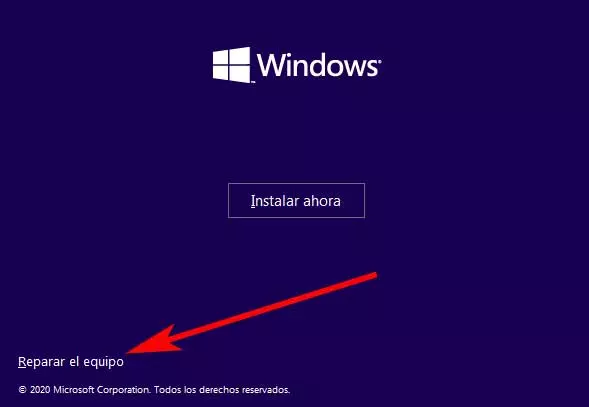
AMD’s return to GPUs for pocket devices, mobiles, is not proving as glorious as expected and it is that to the poor preliminary results in the benchmarks we now have to add a worse performance in one of the most played mobile games. And it is that the performance of mRDNA 2 in Genshin Impact is being worse than other high-end GPUs.
The story that NVIDIA experienced several years ago when it transferred the architecture of its Gaming GPUs to its mobile SoCs repeats itself, but this time with AMD as the protagonist and its mRDNA 2, a variant of its current architecture used in graphics cards. RX 6000, Ryzen 6000 APUs, and the new generation of video game consoles from SONY and Microsoft. And it is that the association with Samsung has not given the expected results, especially in performance compared to the almighty in SoC for Qualcomm smartphones.
The joint announcement of Samsung and AMD for the creation of one of their Exynos with integrated mRDNA 2 GPU instead of ARM Mali was excellent news when it was announced. However, Qualcomm’s leadership in Android phones depends above all on the good name that its Adreno graphics have among other things within the Snapdragon and the world of games on this type of device has become increasingly demanding.
mRDNA 2 underperforming in Genshin Impact
As you can see in the video above these lines, where the Genshin Impact game is being tested with the mRDNA 2 GPU, the performance of the game is worse than expected and does not follow what was promised by Samsung and AMD in their marketing. The frame rate achieved is 30 with drops to 16 at specific times. Which means that its performance is below other high-end chips against which it competes in the world of mobile telephony such as Qualcomm’s Snapdragon Gen 1 or the Apple A15.
To be more precise, this disappointing mRDNA 2 performance in Genshin Impact contrasts with the average 48 FPS achieved on the Motorola Edge X30 which is equipped with the Qualcomm SoC. And it is that the general impressions in terms of performance of the first AMD GPU in more than 14 years are generally disappointing, especially if we are talking about a GPU designed for high-end mobiles such as the Samsung Galaxy S22 Ultra.
AMD or Samsung’s fault?
Regarding the energy consumption of the Samsung SoC used in its own mobile phone, we find that it does not exceed 4.5 W of consumption, while Qualcomm’s requires more than 6 W to work. This is important to emphasize, since we may find ourselves facing a case in which the AMD mRDNA 2 GPU is not giving its full potential by going at a much lower clock speed in order to meet the technical limits in terms of Samsung smartphone design consumption and temperature.



